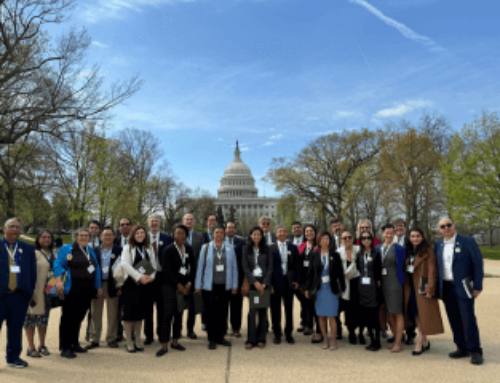As a result of advocacy by the AASM, a sleep technologist licensure bill (HB 334) unanimously passed both chambers of the Tennessee General Assembly and was signed into law by Gov. Bill Lee on April 22. The law makes the AASM’s Accredited Sleep Technologist Education Program (A-STEP) an accepted educational pathway for licensed sleep technologists in Tennessee beginning July 1, 2024.
Across the U.S., health care workforce shortages are negatively impacting patients and providers alike, through increased stress and decreased access and quality of care. Sleep medicine has not been excluded from this dearth of professionals, especially in states such as Tennessee that have onerous licensure requirements for sleep technologists.
Currently in Tennessee, there are only three accredited polysomnographic technology programs; the scarcity of these programs hinders the availability of education and training for this vital profession. As of May 1, 2022, there were seventy fewer active, licensed polysomnographic technologists statewide than at the same time in 2014, while the state population has continued to grow.
Understanding the impact that a shortage of licensed sleep technologists would have on health care in the state, the AASM took action and began advocating in Tennessee for HB 334. The AASM drafted a sign-on letter that was joined by the Board of Registered Polysomnographic Technologists (BRPT) and American Association of Sleep Technologists (AAST) and sent it to members of the Tennessee General Assembly. The AASM also created an online campaign for Tennessee members to send a message to their local legislator.
Additionally, AASM member Dr. Anuj Chandra testified before the Health Committee on the importance of the bill.
“As a sleep physician and medical director of sleep labs in two states, I knew the devastating effects of the licensure requirements in Tennessee,” said Dr. Chandra. “That’s why I felt so strongly that I needed to go to the statehouse and make sure my voice was heard.”
The AASM and our members will continue to look for ways to improve our workforce and maintain high-quality care for our patients.









